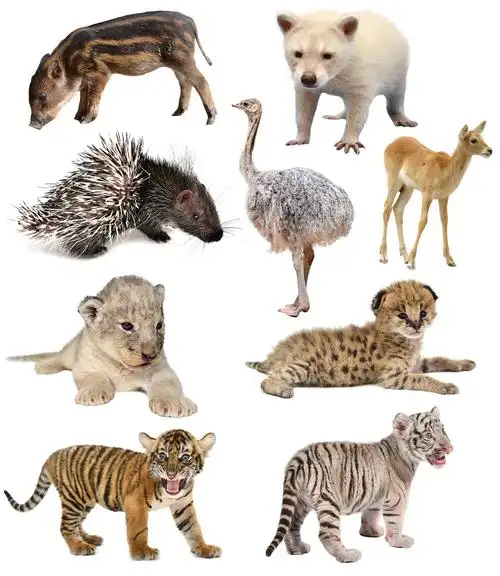Sleep is a vital part of life for all creatures, but have you ever wondered if animals dream like humans? The concept of "when animals dream" opens a fascinating window into the cognitive and emotional lives of our fellow creatures. This topic has captivated scientists, animal lovers, and dream researchers for decades, revealing intriguing insights into the brain function and behavior of various species. In this article, we’ll explore what happens when animals dream and what these dreams might tell us about their inner worlds.
The short answer is yes, many animals do dream. Just like humans, animals experience different stages of sleep, including rapid eye movement (REM) sleep, which is closely associated with dreaming. Studies on animals ranging from rats to dogs and even birds have shown that during REM sleep, their brains exhibit similar electrical activity to that of dreaming humans.

Dreaming in animals is primarily studied through neurological experiments. Scientists have used EEG (electroencephalogram) machines to monitor brain activity in animals while they sleep. They found that, like humans, animals go through sleep cycles, including periods of deep sleep (non-REM) and REM sleep. During REM sleep, the brain shows heightened activity, which is the phase where dreaming most likely occurs.
Interestingly, experiments on rats have revealed that they may "replay" memories of their day during sleep. In one study, the brain activity of rats navigating a maze was recorded. When the rats slept, researchers found that the same patterns of brain activity reoccurred, indicating that they were reliving their maze experience, suggesting animals dream about their daily activities.
While we can’t directly ask animals what they dream about, scientists believe that their dreams likely reflect their experiences and survival instincts. For example, a dog might dream about chasing a squirrel, while a bird might dream about flying. These dreams may be tied to the memories they form while awake, much like how humans often dream about events or emotions from their waking life.
There have been many anecdotal reports of dogs and cats twitching, barking, or making noise during sleep, which suggests they are "acting out" their dreams. These behaviors align with the theory that animals dream of familiar activities such as hunting, playing, or protecting themselves from predators.
Why do animals dream? One theory suggests that dreaming serves an evolutionary purpose, helping animals practice survival behaviors in a safe, low-risk environment. Dreams could allow animals to rehearse strategies for hunting, escaping predators, or navigating their environment, improving their chances of survival in the wild.
Another possibility is that dreams in animals, like in humans, help process emotions or memories. For instance, dreaming might help an animal cope with stress, trauma, or major life changes.
Most mammals, including dogs, cats, rats, and primates, are known to experience REM sleep, making them the most likely candidates for dreaming. Birds, particularly those with advanced cognitive abilities, such as parrots and crows, also experience REM sleep, indicating they may dream as well. Some studies even suggest that reptiles and fish may experience dream-like states, though their sleep patterns differ significantly from those of mammals.
One of the more fascinating discoveries in this field is that even cuttlefish, a type of mollusk, have been observed showing signs of REM sleep. This suggests that dreaming may be more widespread in the animal kingdom than previously thought.
If you’ve ever watched your pet sleep, you may have noticed them twitching, making sounds, or even moving their legs as if running. These movements are typical signs that an animal is in the REM phase of sleep, during which dreams are most likely occurring. In dogs, for example, REM sleep typically begins about 20 minutes into their slumber, and this is when you might observe your dog acting out its dream.
The mystery of "when animals dream" continues to intrigue scientists and pet owners alike. While we may never fully understand the content of an animal’s dreams, we now know that many animals do experience dream-like states. These dreams are likely linked to their daily experiences and may even help them develop survival skills.
As research continues, the study of animal dreaming not only enhances our understanding of sleep and brain function but also deepens our connection to the animal world, reminding us that animals, like humans, have rich inner lives shaped by their environments and experiences.
For pet owners, knowing that animals dream can offer a new perspective on the way they relate to their furry friends, offering comfort in the thought that when your dog twitches in its sleep, it might just be chasing a squirrel in its dream world.
animal tags: Animals
We created this article in conjunction with AI technology, then made sure it was fact-checked and edited by a Animals Top editor.